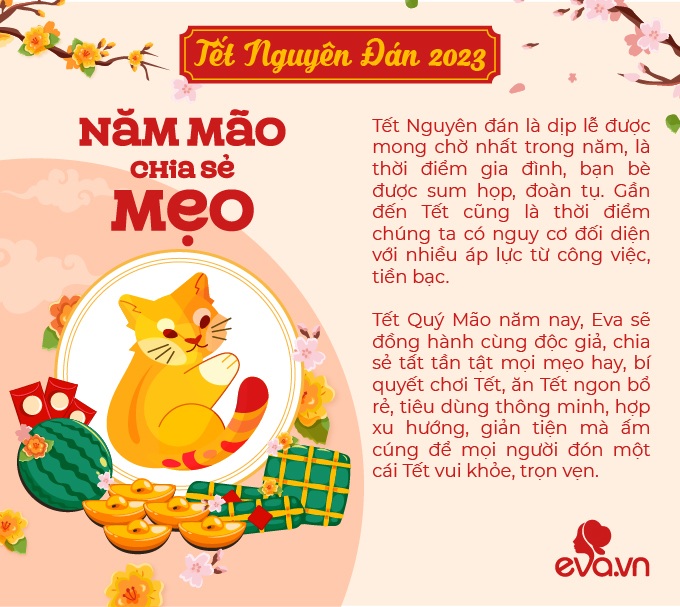
Master the Art of Boiling Chicken for Tet Holiday
Boiled chicken is an indispensable dish on the ancestral altar and a must-have for the Tet holiday. While boiling chicken is simple, few know the trick to making it stand upright, with intact skin and perfectly cooked meat.
According to experienced chefs, adding a piece of pork fat and turmeric powder to the boiling process will result in chicken skin that is crispier and more colorful. Join Bếp Eva as we explore this super easy method of boiling chicken for Tet, ensuring a golden-yellow color, upright position, and intact skin.
How to Boil Chicken for Tet: A Delicious and Aesthetic Guide
Ingredients:
- One rooster weighing between 1.5 – 2 kg
- 100g of pork fat
- 1 – 2 tablespoons of turmeric powder
- One knob of ginger
- One bulb of shallot
- Salt and seasoning powder
Guide to Choosing the Perfect Rooster for Tet
- Opt for a young crowing rooster. Typically, this type of rooster will have distinct features such as a red comb, yellow legs, intact claws, and a sizable build.
- It is advisable to purchase a live rooster rather than one that has already been slaughtered. This way, you can assess the rooster’s quality, agility, and freedom from disease.
- A rooster with smooth feathers, bright eyes, and agile movements is a sign of freshness and good health.
- For Tet, select a rooster weighing between 1.5 – 2 kg. Avoid choosing one that is too large or too small.
Step-by-Step Guide to Boiling the Perfect Tet Chicken
Step 1: Prepare the Ingredients
- Clean the rooster and rub salt on its surface, then rinse thoroughly with water to eliminate any unpleasant odors.
- Note: For ancestral worship, it is preferable to eviscerate the rooster through a small incision rather than splitting it open.
- Peel and clean the ginger. Peel the shallot.
Step 2: Tie the Rooster
* Kneeling Rooster Style
- Make a slight incision at the rooster’s leg joints, then gently bend the legs backward.
- Use a string to secure the rooster in a natural kneeling position.
- Tuck the wings close to the rooster’s body and fix the head in a straight position.
* Fairy Wing Style
- Make a slight incision on the wings.
- Gently pull the rooster’s head backward, then cross the wings in a way that their joints touch, creating a fairy wing effect.
- Use a string to secure the wings and neck in place.
- Make a slight incision at the rooster’s knee joints and fold the legs toward the belly.
* Crossed Wing Style
- Make a slight incision on both sides of the neck, close to the rooster’s beak.
- Carefully tuck the wings into these incisions, ensuring that the wingtips are visible outside the mouth.
- Use a string to secure the legs close to the body.
Step 3: Boiling Process
- Prepare a pot large enough to accommodate the rooster. Using a bigger pot makes it easier to turn the rooster over during boiling.
- Add water to completely submerge the rooster. Include the cleaned ginger, shallot, and a pinch of salt in the pot. It is recommended to place the rooster belly down, as this will help it stand upright and look more presentable after cooking.
- For a golden-yellow color and a shiny, fragrant skin, add 2 tablespoons of turmeric powder and a piece of pork fat to the pot.
- Adjust the heat to medium and wait for the water to boil. Once it reaches a rolling boil, turn down the heat and flip the rooster to ensure even cooking.
- Boil the rooster for 30 minutes, then turn off the heat. Do not rush to remove the rooster immediately; instead, let it soak in the hot water for about 10 minutes before taking it out.
- Note: The boiling time may vary depending on the size of the rooster. To check if it’s cooked, pierce the meat with a skewer; if no red juice oozes out, it’s ready.
Step 4: Remove the Rooster from the Pot
- After boiling, immediately immerse the rooster in a bowl of cold water. This helps maintain the golden skin and firms up the meat.
- Once the rooster has cooled, place it on a plate, adorn its beak with a red rose, and arrange it on the offering tray.
Important Considerations for Rooster Worship during Tet
- When offering incense to the rooster during the Tet holiday, ensure that its head faces the incense burner as a sign of respect. Avoid positioning the rooster with its head turned outward, as this is considered disrespectful.
- Choose a rooster of appropriate size to ensure it fits well on the offering tray.
- It is preferable to present the rooster whole on the offering tray. If a hen must be used instead of a rooster, cut it into pieces and arrange them neatly on a plate.
- During the Tet holiday, roosters are used for multiple offerings. A different rooster is required for each occasion, such as the year-end family reunion dinner and the New Year’s Eve celebration.
Frequently asked questions
The key to achieving a perfectly cooked sacrificial chicken with golden skin lies in a unique ingredient – a pig’s tail. By placing a pig’s tail inside the chicken during roasting, the juices released by the tail create a flavorful steam that keeps the meat moist and tender while imparting a delicious aroma and flavor to the chicken.
The pig’s tail adds a unique depth of flavor to the chicken. Its natural juices and fats baste the chicken from the inside, ensuring that the meat remains succulent and juicy. The tail’s collagen also renders and mixes with the chicken’s juices, creating a rich and glossy sauce that enhances the overall taste experience.






























